In today’s world, the COVID-19 pandemic has thrown several businesses for a loop, necessitating swift adaptations and pivotal transformations in traditional operations. Particularly impacted is the moving industry, once reliant on face-to-face interactions and physical processes, but now compelled to pivot to safer, digitally-inclined approaches. This text aims to explore these radical changes, focusing on the onset of digital innovation, regulations and standard practices for safety, the economic implications of these transitions, and predictions for the industry’s future.
Digital Innovation in Moving Industry
Unprecedented transformations have swarmed industries around the globe, and the moving industry is no exception. Steering notably through the rocky terrains of COVID-19, this traditional brick-and-mortar industry has used the crisis as a catalyst to cast itself anew. An industry renowned for its reliability and physical presence has now catapulted into a brave new digital world. But naturally, business savvy minds wonder: How exactly are moving companies leveraging digital technologies amid these pandemic adversities?
Bit by bit, moving companies are infusing digital applications into their trade to streamline operations, enhance customer service and ensure safety. One might ask, how? Believe it or not, now it’s as easy as clicking a button to secure an on-demand estimate for a move. Thanks to virtual surveying technology, potential customers can opt for a virtual walk-through of their home, replacing the traditional in-person survey. This technology is equipped with artificial intelligence and machine learning that can efficiently calculate the weight of personal items and subsequently generate an accurate estimate.
Additionally, allocation management plays a vital part to ensure the swift movement of resources. Adopting Internet of Things (IoT) tech, companies are tracking consignments in real-time. This holistic and dynamic view provides the exact location and condition of items, ensuring efficient resource utilization and fueling customer confidence in the service.
Even the painstaking process of packing and relocation has had a digital facelift. Companies are delegating on-site moving activities to specialized robotics that can skillfully pack, lift, and relocate hefty furniture and delicate ceramics alike. The automation of labor-intensive tasks primarily aims to mitigate the health risk posed by the virus, ushering the industry towards a safer working ecosystem.
At the heart of every business lies its ability to stay connected with customers. As social distancing remains the new norm, moving companies are all hands on deck with seamless digital platforms that enable virtual interaction and customer support. Ranging from FAQ bots to AI-based customer representatives, companies are ensuring customers have their queries answered expeditiously.
An ecosystem primarily dominated by manpower and traditional methods is now rising as a lighthouse of innovation and digital prowess. As difficult as these times may be, the COVID-19 crisis has allowed moving companies to redefine their value proposition and remain relevant in this shifting landscape. Despite the unpredictable challenges, the moving industry’s leap towards digitalization sets a compelling example for other traditional industries – illustrating that indeed, necessity truly is the mother of invention.
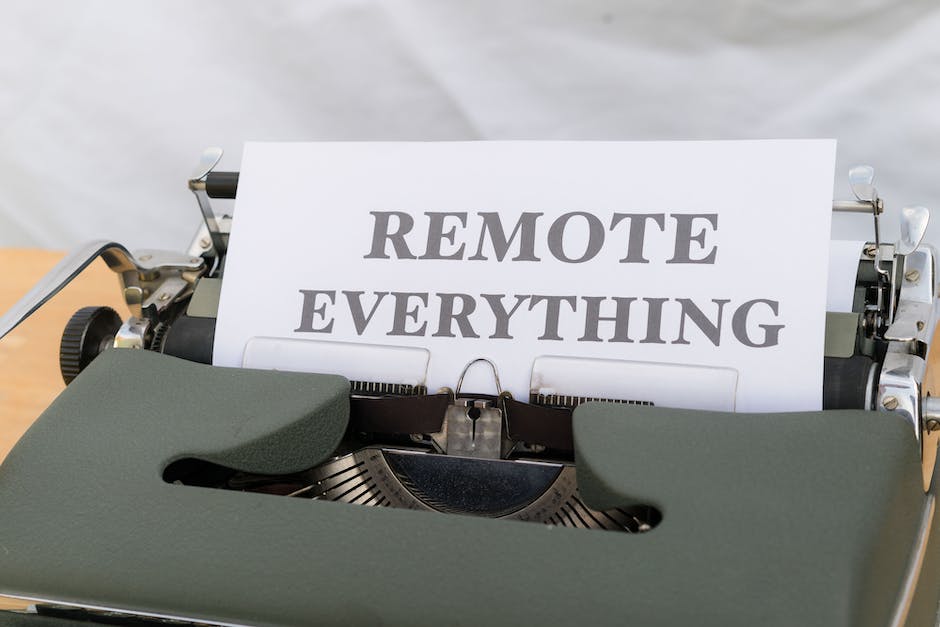
Safe Moving Practices
Unveiling Essential Safety Measures: How Businesses Adapt Amidst The Pandemic
One pivotal arena companies are now focusing on in response to the continuing dilemma of the pandemic is the safety and security of their clients and staff. This essential endeavor goes beyond the realm of the moving industry, paving the way for groundbreaking strategies that enhance health measures without sacrificing the quality of services. This new landscape is born out of necessity as companies strive to innovate their procedures while maintaining their commitment to protect.
A key shift has emerged in the cleaning and disinfection requirements for both physical locations and product handling. Companies are heightening their sanitation measures, including frequent deep-cleaning of on-site facilities and regular sanitization of products throughout supply chains. These practices, though logistically challenging, ensure tangible goods are virus-free, from inception to delivery, providing safe interactions for both employees and consumers.
In the race for a safe working environment, the integration of health screening technology has become paramount. Thermal scanners detect body temperature at entrance points, AI-powered software track employee health in real time, and wearable technology assists in contact tracing efforts. These advancements provide robust protection, mitigating the risk of COVID-19 transmission within the workforce.
The involuntarily ushered era of remote work also serves as a critical measure. Harnessing the power of cloud computing, companies can maintain optimum productivity levels while ensuring the safety of their employees. This approach also reduces physical contact, further preventing the virus’s spread.
Seat reservation systems in shared spaces comprise another significant precaution. Dynamic space management systems enable control over workspace density, ensuring social distancing while facilitating necessary face-to-face collaborations. By securing a controlled physical environment, companies safeguard the welfare of their employees and visitors alike.
Lastly, an emerging focus on mental health has resulted in the implementation of corporate wellness programs. Companies are responding to the increased pressure and anxiety levels within their teams, offering support through stress management and mental health platforms.
These measures exemplify how businesses are adapting robust strategies to survive and thrive amidst the challenges of the pandemic. In this evolving landscape, the ever-adapting fusion of technology and safety measures continues to play a pivotal role in providing security and sustainability within disparate industries. With such relentless innovation, no challenge is insurmountable, and the business world stands ready to meet whatever the future holds.
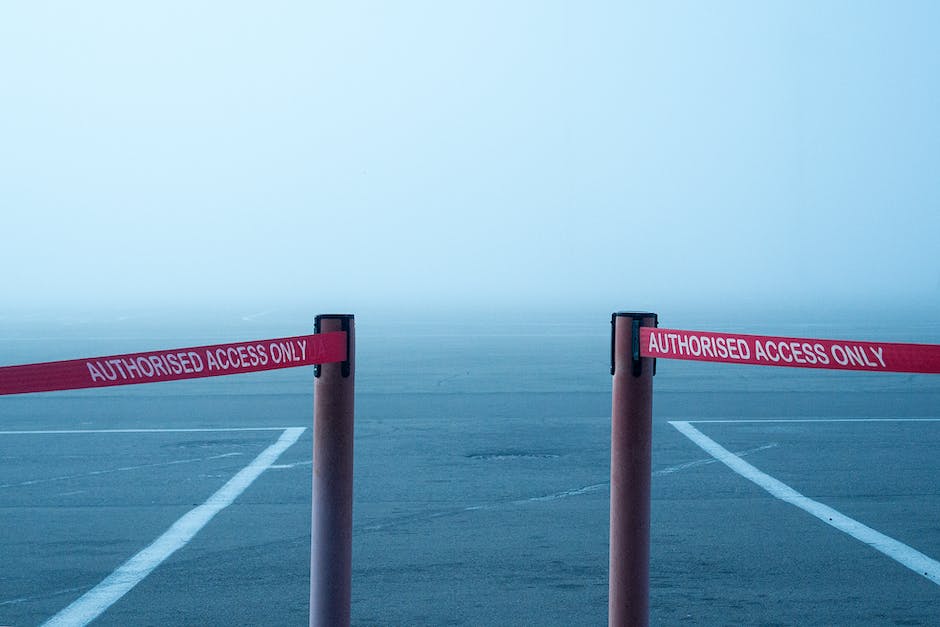
Regulatory Impact
Regulatory Environment: A Catalyst for Innovation in The Moving Industry
In the wake of the changing global landscape, the moving industry has not been immune from wrestling with the regulatory onslaught. These regulations, while initially presenting as obstacles, have been instrumental in driving innovation and adaptability in this sector.
One area where regulations have left a significant footprint is the enhanced need for data privacy and security. The introduction of laws like the European Union’s General Data Protection Regulation (GDPR) and the California Consumer Privacy Act (CCPA) has forced businesses to prioritize the safety and confidentiality of customer information more than ever before. This has seen companies in the moving industry invest heavily in advanced security technologies and practices, turning a regulatory necessity into a competitive advantage.
Additionally, regulations concerning sustainability and environmental protection have driven the industry towards green initiatives. Companies are now exploring options for reducing fossil fuel consumption, like adopting electric moving trucks, or implementing recycling and waste management programs, substantially reducing their carbon footprint while enhancing their brand’s reputation.
Binding legislation around employment practices has also had a major influence. Laws regarding fair wages, safe working conditions, and workers’ rights have ushered in a business environment that values and nurtures human capital. This regulatory nudge has seen a rise in initiatives focused on employee wellness, professional growth, and fostering better working conditions.
Regulations associated with international moves have also significantly impacted the industry. Stipulations around licensing, insurance, customs clearance, and complex documentation have pushed companies to devise streamlined digital solutions, rendezvousing operational efficiency with regulatory compliance.
Changes in trade policies, tariffs, and international treaties continuously affect the moving industry’s economics. Companies that have the ability to swiftly adapt their strategic planning and operations to cater to these fluctuating policies are those that stay ahead in the fiercely competitive space.
Lastly, strict disclosure requirements have compelled moving companies to maintain transparency in pricing and service specifications. This regulatory push has advanced customer service, trust, and loyalty in this sphere.
In conclusion, rather than deterring growth, the regulatory environment has acted as a catalyst, pushing companies in the moving industry to innovate and adapt. It has promoted a culture of integrity, trust, and mutual growth, acting as a significant reinforcer for continual evolution and improvement in this ever-changing business landscape.
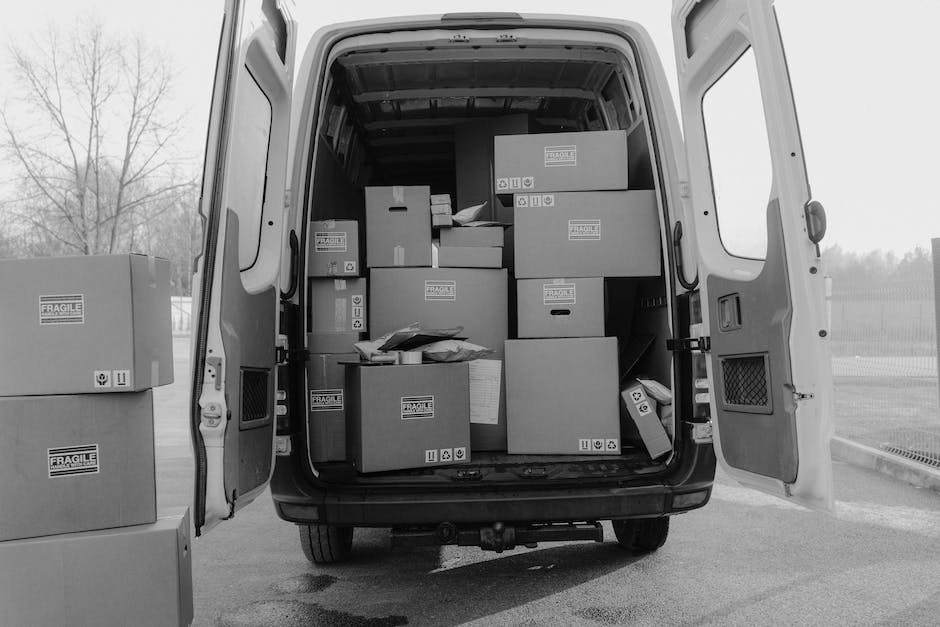
Financial Implications
The Implications of Moving Finance during COVID-19: Shaping Industry Trends
As the landscape of moving operations transforms due to the pandemic, a new wave of financial implications has emerged that require serious consideration. It’s essential to comprehend these changing dynamics to remain agile within the industry. Their ingenuity lies in the unique blend of technology-fueled solutions and stringent safety regulations that have rendered them even more complex.
A critical implication to consider is the surge in the demand for last-mile delivery services. Companies have been struggling to scale operations with the increased demand – a situation further exacerbated by the need to maintain rigorous, pandemic-responsive safety measures. The demand has in turn created an urgent necessity for financial investments in expanding fleet size, hiring skilled labour and implementing robust safety systems for package handling.
On the flip side, there’s also a potential for financial gains by capitalizing on the rising trend of online retail. With physical stores witnessing reduced footfall, more and more consumers are resorting to online shopping – leading to a stronger need for reliable delivery services. It’s a promising avenue for enterprising businesses keen on diversifying their services and channels.
The shift to remote work has also caused a surge in residential movements, particularly from urban to rural/suburban areas, presenting a potentially lucrative market for moving companies. This however, also necessitates financial investment in scaling operations, improving logistics, and expanding into previously unexplored regions.
Another financial implication lies in the need for investment in upskilling and training employees. The changing dynamics brought on by the pandemic necessitate specialized skills – managing virtual surveying, IoT device control, robotics, digital customer interaction, etc. While this is a financial challenge, it’s also an investment into long-term preparedness for further digital transformations.
However, the same stringency of safety protocols that have opened up viable business streams also entail significant expenses incurred in compliance. Regular cleaning and disinfection of facilities, implementing seat reservation systems, instituting wellness programs, and investment in health screening technology – each facet of safety adherence come with a cost attached.
A similar expense is the cost of ensuring data privacy and security. The increased reliance on digital operations means larger volumes of sensitive data, requiring substantial investment on high-end cybersecurity measures.
One cannot overlook the regulations around sustainability and environmental protection either. The moving industry’s environmental impact lies primarily in CO2 emissions and waste generated from packaging. Companies may thus need to divert substantial funds towards carbon offset programs or investing in more eco-friendly logistics and packaging solutions.
Overall, the financial implications of operating the moving industry amidst a pandemic are as challenging as they are transformative. Any smart business will prioritize understanding these dynamics to strategically tap into opportunities and mitigate potential pitfalls, crafting their success story in the new normal. We can conclude that though the adversity is unprecedented, so are the opportunities. Truly a unique era in the evolution of the moving industry!
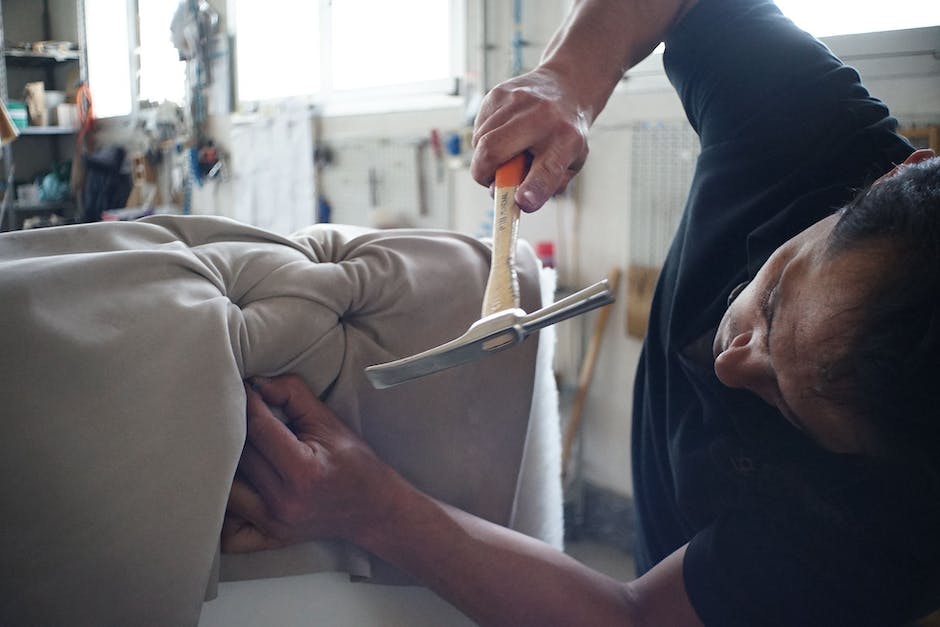
Future of Moving Industry
The COVID-19 pandemic, like all crises, has also spawned innovation within the moving industry. Industry players are finding ways to evolve, adapt and succeed in a terrain marred with disruption. This resilience has given birth to exciting and transformative trends that will drive the moving industry into a future that is exciting and unexpected.
Pago-As-You-Use Models are escalating in popularity as customers demand more flexibility in their contracts. The use of flexible pricing and services that scale to precise needs, all the way from personal relocations to large scale logistical exercises, will be a mainstay post pandemic.
Furthermore, the usage of Machine Learning (ML) and Artificial Intelligence (AI) to predict market trends, consumer habits, route optimization and efficient inventory management, will be an essential in the post-COVID-19 moving industry. This dynamic form of data usage will not only offer deeper insights but also equip businesses with predictive capabilities, resulting in improved decision-making.
The change doesn’t just stop at technology. The pandemic has heightened the awareness and significance of emotional intelligence in business operations. Moving, at its core, is a personal journey for the customers. That’s why it’s predicted to see a concentrated inclusion of technology to gauge customer sentiment. This could be through enhanced CRM platforms, increased sensitivity training for moving professionals or even the inclusion of follow-up services to ensure smooth transition for customers, creating lifelong business relationships.
Additionally, looking at it from the standpoint of workers’ accommodations post-pandemic, one can expect stringent safety measures to become an industry standard. With a surge in customer expectations for practicing preventive hygiene measures, it is indispensable for companies to design and adhere to advanced safety protocols, which may include the provision of Personal Protective Equipment (PPE) for employees, or scrupulous quality assurance scheme adhering to enhanced hygiene standards for containers.
Consumer convenience and instant access to services and information will also be at the helm of the industry revolution. Imagine being able to complete a move at the touch of a screen from your comfort zone. Mobile apps providing end-to-end service, from initial quotes to tracking and final bill settlement, will become the norm rather than novelty.
Payment methods too will see a significant revamp due to heightened hygiene standards. A move towards cashless and contact-free transaction methods can already be seen, and it’s expected to solidify further.
Despite the impediments brought about by COVID-19, the moving industry’s agile response is commendable. The strategizing and rapid execution of these trends signify another evolutionary notch in the history of the moving industry. The transformation might be fueled by a crisis, but the outcome seems to be steering towards a future that promises advancement, efficiency, and customer-centricity. It’s a ride everyone on board this industry needs to fasten their seat belts for.
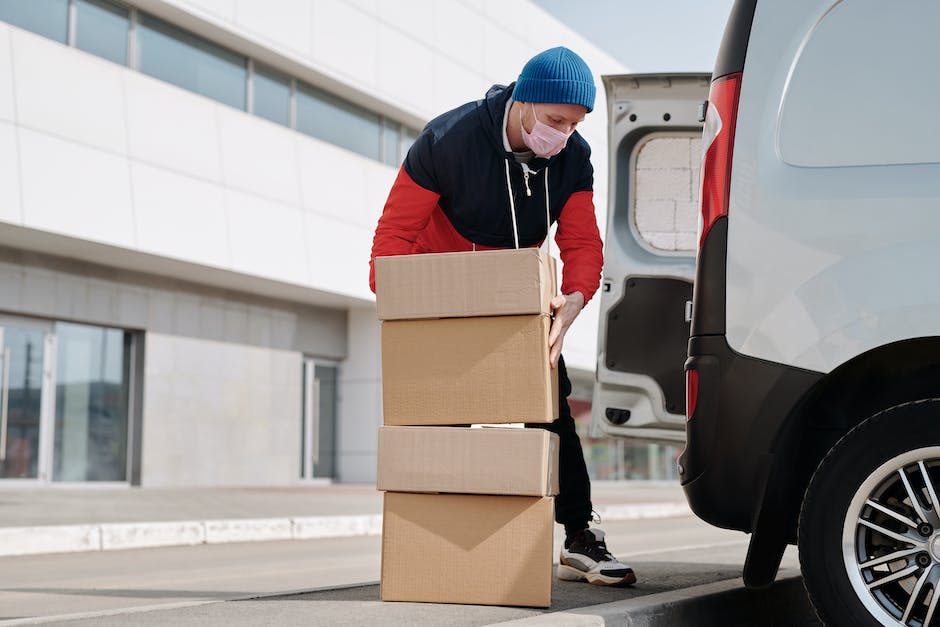
Amidst the fluctuations and unpredictability engendered by the pandemic, the moving industry has exhibited resilience and agility, reinventing its operations and adapting to the new normal. It has evolved with safety measures and digital platforms to continue satisfying customer needs whilst adhering to precautionary measures. This period of flux has not merely been about survival, but an opportunity for reinvention and innovation, casting a preview of a more technologically advanced and customer-conscious industry. The lessons learned during this period will undoubtedly influence the industry’s trajectory long after the pandemic, shaping a new era of moving services that are secure, efficient, and highly responsive to customer needs.

